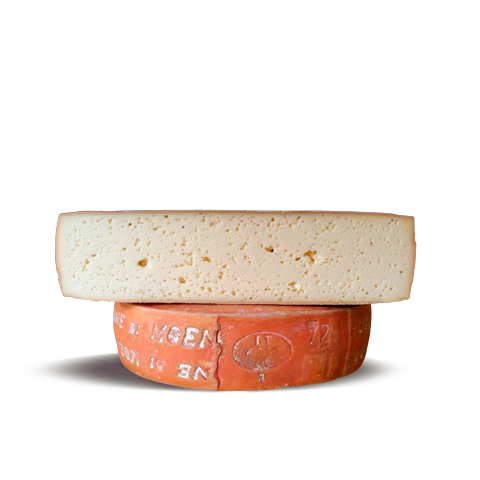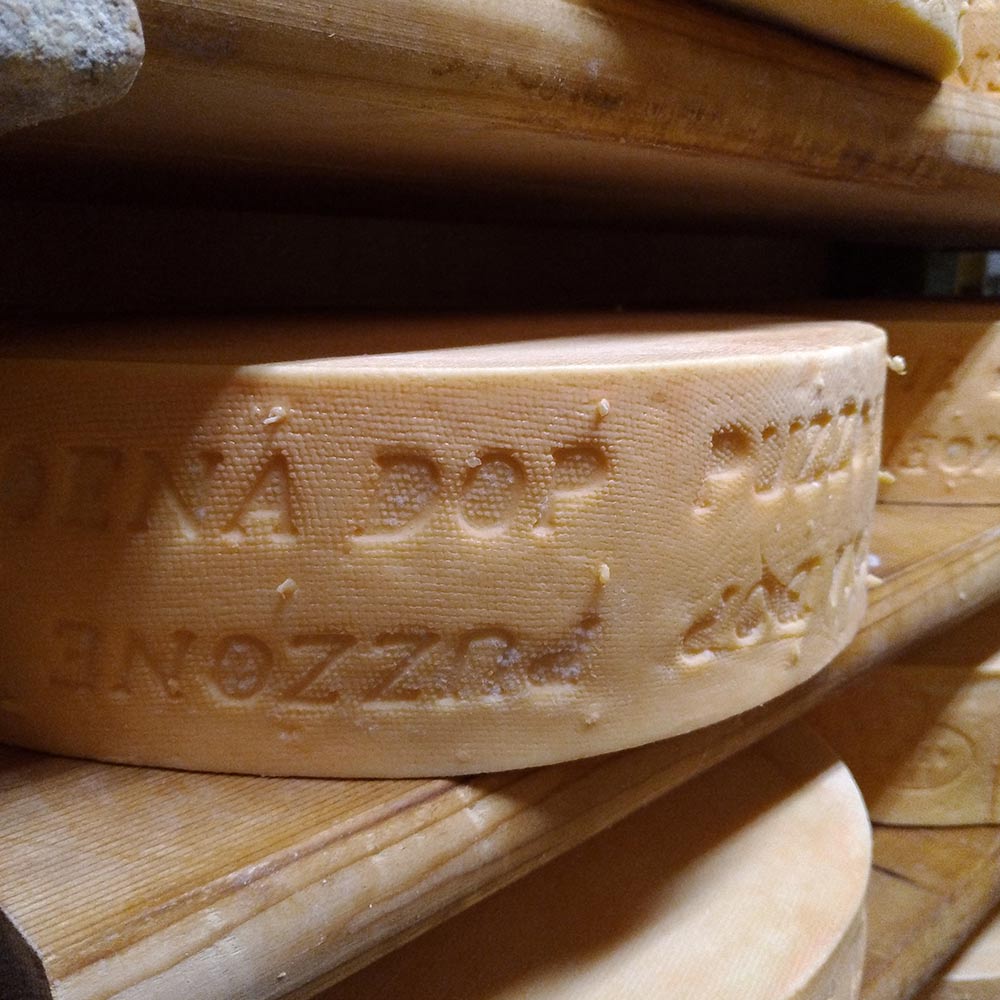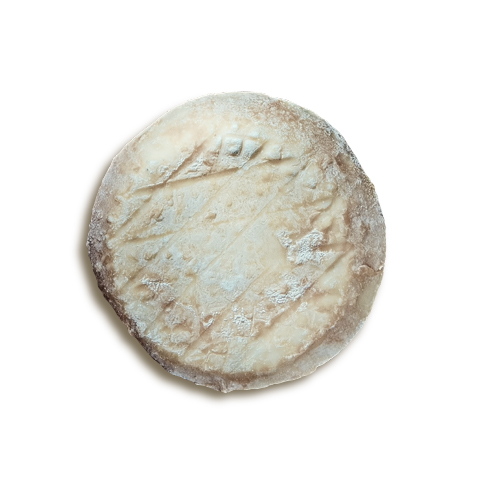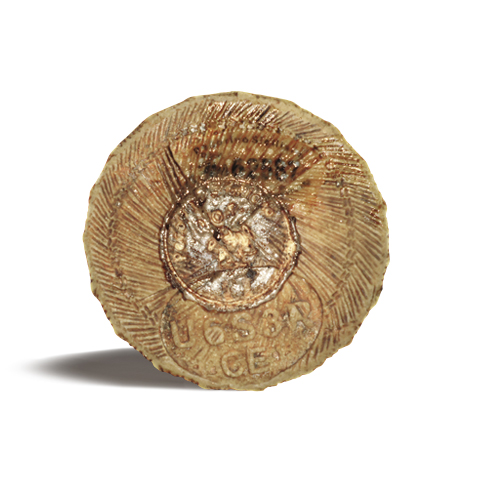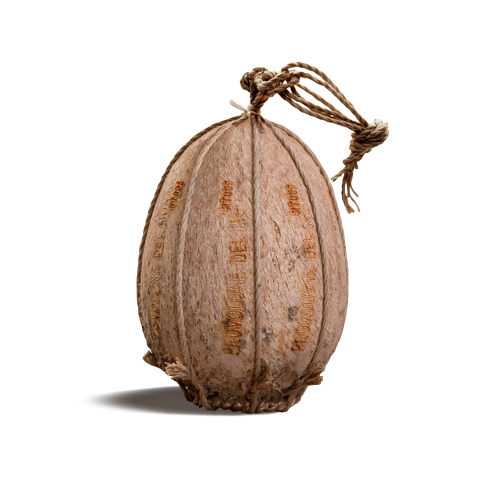Description
Puzzone di Moena is a very characteristic cheese, recognisable by its moist rind, covered with an oily patina, its particular sharp smell and its unmistakable flavour. When cut, it has a full, white or straw-coloured paste with occasional scattered holes. It is made from raw milk and is matured for a minimum of 90 days and a maximum of 8-10 months.
It is very tasty and is popular with consumers who appreciate the strong flavours of days gone by. The name was introduced at the beginning of the 1970s, when the cheese progressed from self-consumption to being gradually marketed outside the production zones. The name “Puzzone” clearly defines the characteristics of the product; the term “Spretz Tzaorì” is its translation into the Ladin language.
For centuries it was a staple food, closely linked to the practice of summer mountain grazing and the survival of the farming population. In 1873 the “casello sociale” – a cooperative dairy – was founded in Moena, which began making the local cheese with a washed rind for its members, a practice that continues today, with respect for tradition.
